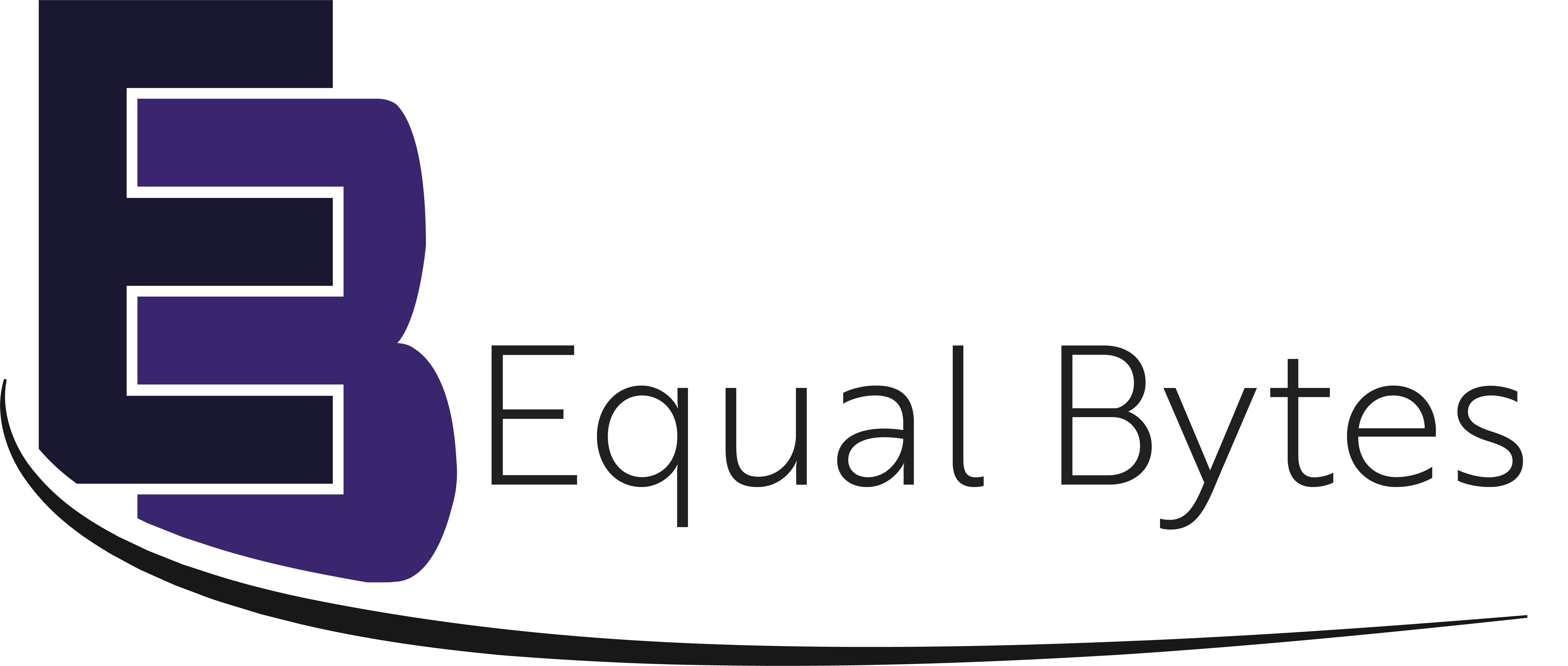Servicing a range of industries and areas and
overcoming a variety of challenges
Some of our clients
Local Government



State Government & Authorities



Education



Private Industry



Case Studies
Other case studies
Using digital technology to meet the current and future demands of Melton’s growing population and deliver benefits to the community.
Upgrade the City of Yarra’s TechnologyOne Asset Management System and to consolidate the financial and operational data for several individual asset classes.
Improve the governance of Bass Coast Shire Council’s Asset Management Upgrade Project.
Increase the business capability and upskill staff to proactively address the challenges that they face both in Australia and New Zealand.






